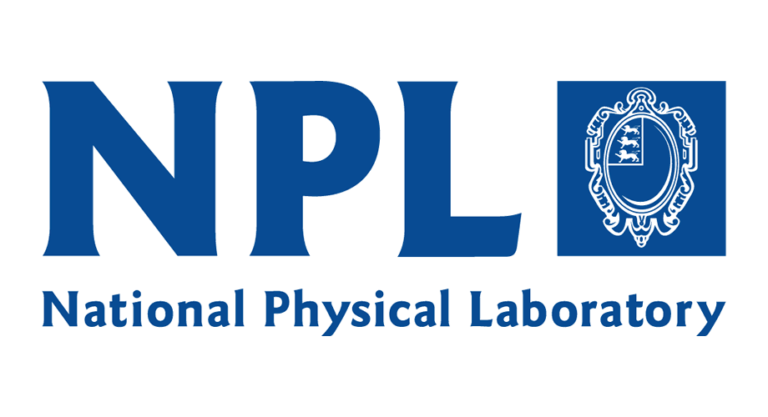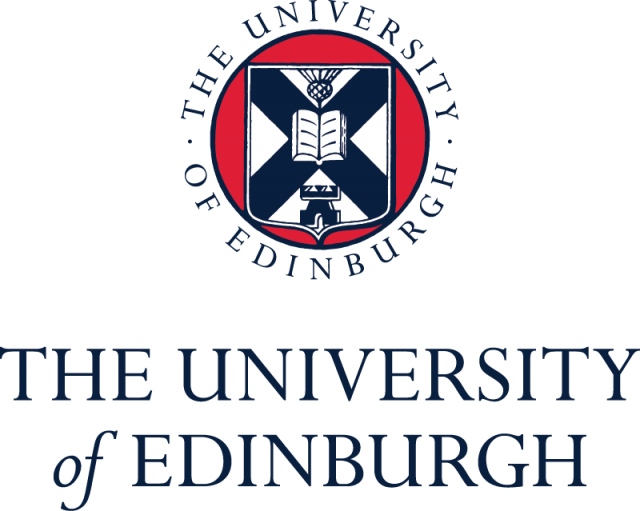Project Description
Glaucoma is a leading cause of irreversible blindness, characterized by the progressive degeneration of retinal neurons. Early detection is crucial for effective management and treatment, as it can significantly slow the progression of vision loss. The proposed research aims to extend the capabilities of opto-retinography (ORG) beyond the current state-of-the-art focus on photoreceptor layers, targeting the neuron layer to improve early diagnosis of retinal diseases, with a primary emphasis on glaucoma.
The research will explore the capability to detect biological nanoscale changes due to retinal neural function, advancing our understanding and diagnostic capabilities in the realm of retinal disease. Optical Coherent Tomography (OCT) serves as a foundational technology for this project. The primary objective is to develop advanced computational methods and stimulus designs to enhance the detection and analysis of retinal neural activity. To achieve this, the research will apply numerical adaptive optics techniques to maximize signal strength and resolution in the targeted retinal layers. A critical component of the methodology involves the design and optimization of spatio-temporal stimulation patterns using a visible light Digital Micro-mirror Device (DMD). These visual patterns will be crafted to achieve maximum excitation of the targeted retinal layers, enabling detection of the associated neural activity.
The anticipated outcome of this research is the development of improved ORG techniques that can be applied clinically for the early detection and diagnosis of glaucoma and other retinal diseases, potentially leading to better patient outcomes through earlier and more accurate intervention.
The doctoral student engaged in this research project will experience a dynamic and collaborative working environment that seamlessly combines laboratory and desk-based activities. Approximately 60% of the research endeavor will unfold in our state-of-the-art laboratory, equipped with cutting-edge optics, lasers, and optomechanics capabilities. This setting offers a hands-on experience, allowing the student to actively engage with experimental setups, conduct tests, and contribute to the development of innovative technologies in ultrawidefield retinal imaging.
The remaining 40% of the work will take place in an open-office desk environment, facilitating collaboration, idea exchange, and efficient data analysis. The student will benefit from the creative atmosphere of an open office, fostering intellectual exchange and cross-disciplinary discussions.
While the nature of the work requires the physical presence due to laboratory experiments, we understand the importance of flexibility. We encourage a work environment that allows for a degree of flexibility, permitting the student to work from home when suitable for desk-based activities or data analysis. This flexibility not only supports a healthy work-life balance but also harnesses the advantages of a well-rounded research experience.
Moreover, the student will have access to shared office spaces, creating opportunities for networking, mentorship, and a sense of community within the research team. This collaborative and flexible working environment is instrumental in providing a holistic and enriching research experience, contributing to the success and well-being of our doctoral students.
We share a commitment to fostering inclusion and widening access within the photonics sector. As part of this commitment, we welcome informal discussions with potential candidates to explore flexible research options tailored to individual needs. Our openness extends to considering arrangements such as flexible working hours, the potential for remote work during desk-based activities, and part-time working.
These flexible options are integral to creating an environment that supports a healthy work-life balance and ensures diversity and inclusivity within our research community. We are dedicated to transparently communicating these opportunities in our advertising, affirming our commitment to providing an inclusive workplace. By doing so, we aim to attract a diverse range of candidates and contribute to the broader goal of widening access to opportunities within the photonics sector. Our emphasis on flexibility reflects not only our commitment to the success of the research project but also our dedication to nurturing a supportive and inclusive research community.
https://www.optos.com/corporate-information/
CDT Essential Criteria
A Masters level degree (MEng, MPhys, MSc) at 2.1 or equivalent.
Desire to work collegiately, be involved in outreach, undertake taught and professional skills study.
Project Essential Criteria
A healthy interest in optics and image formation and its application in ophthalmology.
Willingness to design optical set-ups to try out innovative concepts in the lab.
A solid understanding of theory of optics, interference, and diffraction.
Able to write programming code (e.g. in Matlab or Python) to process and plot experimental results.
Project Desirable Criteria
Demonstrable experience building optical experiments in a lab.
Able to write more complex computer programs, such as custom numerical simulations of imaging devices.
A solid basis in mathematics.
Good communication skills, both verbally and written.
The CDT
The CDT in Applied Photonics provides a supportive, collaborative environment which values inclusivity and is committed to creating and sustaining a positive and supportive environment for all our applicants, students, and staff. For further information, please see our ED&I statement: https://bit.ly/3gXrcwg.
Forming a supportive cohort is an important part of the programme and our students take part in various professional skills workshops, including Responsible Research and Innovation, and attend outreach training.
Desire to work effectively in a project-driven environment, both independently and as part of a team.









